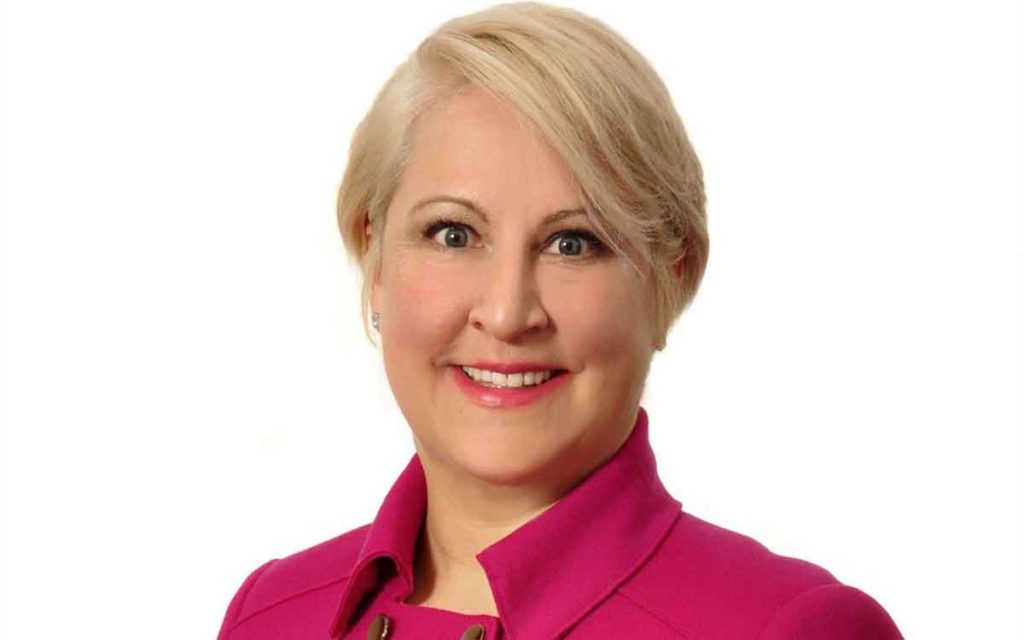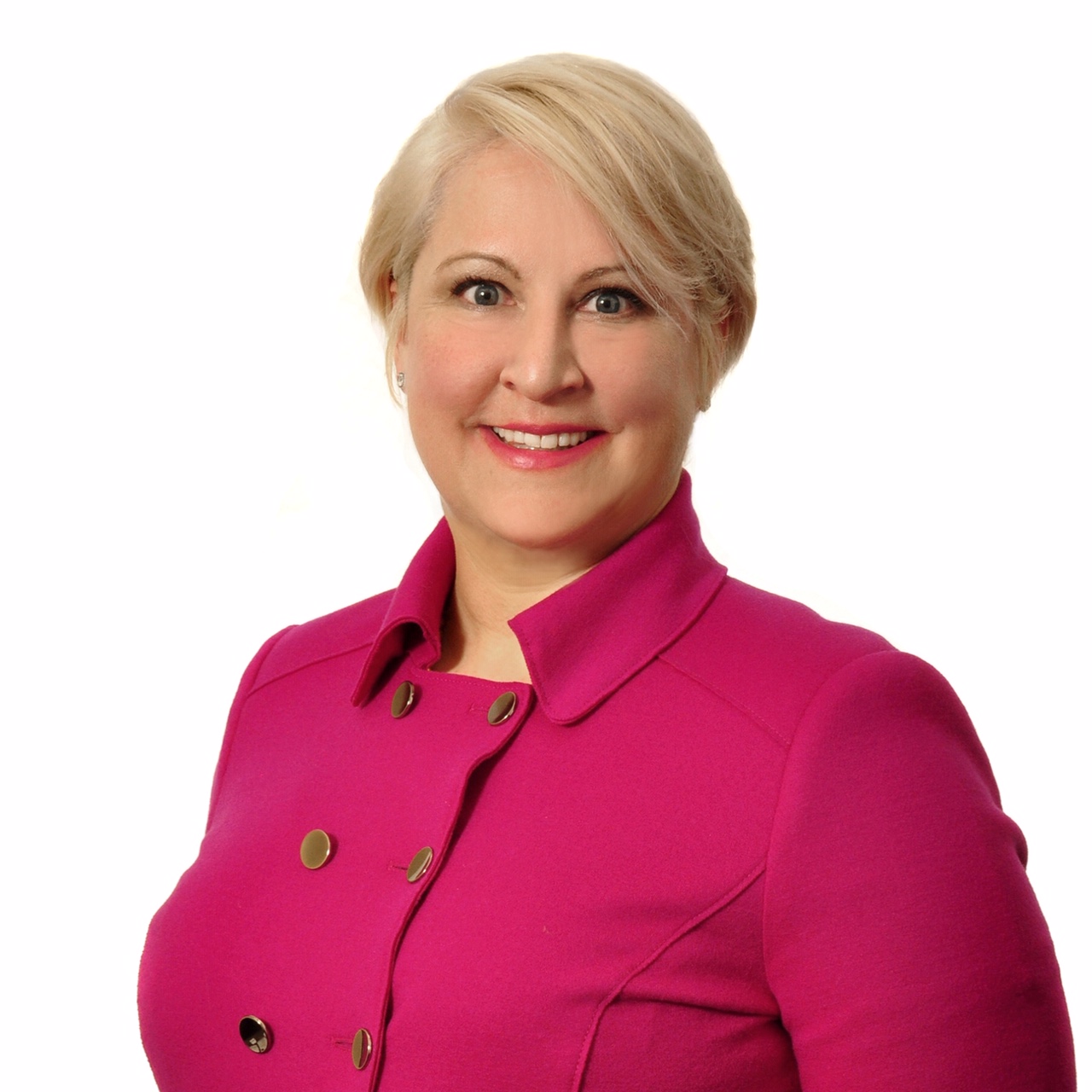
Sheryl L. Johnson is a partner at Sullivan Mahoney LLP.
March 8 is International Women’s Day a global day celebrating the contributions of women and renew our efforts of achieving gender equality. This year’s campaign theme is #EachforEqual.
The terms “gender equality” and “gender equity” are sometimes used interchangeably, but there are very significant differences between them. Where “gender equality” focuses on providing the same starting circumstances for everyone no matter where an individual is on the gender spectrum between male and female, the goal of “gender equity” is to provide all genders with the same end results (that is, to truly amount to equality between all genders). That is why gender equity sets the stage for gender equality.
Why is there a need to “renew our efforts of achieving gender equality”?
Gender equality is essential for economies and communities to thrive – to be healthier and wealthier.
In Canada, women comprise 47.7% of the overall workforce. Despite their participation levels, many women report that they do not feel that they are treated in the same manner as their male counterparts. This feeling is statistically borne out. 68% of the top 10% of income earners in Canada are men. 76% of the part-time labour force are women and women tend to occupy lower status positions than men within both male- and female-dominated industries.
Added to these statistics, the Pay Equity Act was passed in 1987 and is still little known, understood and applied. Meaning that many employers in Ontario still have not implemented pay equity plans that are mandatory for all public sector employers and any private sector employer with 10 or more employees to ensure that men and women receive equal pay for work of equal value. The equal value is not in relation to performing the same work but in relation to performing male or female jobs that may be very different but have comparative value to the employer given their job evaluation scores.
And “pay equity” is different than “equal pay for equal work” under the Employment Standards Act, 2000 (ESA). Under the ESA – a woman cannot be paid less than a man if she is doing “equal work: as him. But despite this statutory minimum, women across Canada – including in Ontario – are getting paid 79 cents on the dollar of their male counterparts – even at a professional level where contributions and results can, and are, weighed. The gap widens where race, sexuality, gender identity, gender expression and/or disability discrimination are at play. For example, racialized women make 85% of what non-racialized women earn – and 58 cents on the dollar of their non-racialized male counterparts, and 50% of transgender people in Ontario earn less than $15,000 a year.
The gender pay gap is a widely recognized indicator of women’s economic inequality, and it exists across industries and professional levels.
A 2015 UN Human Rights report raised concerns about “the persisting inequalities between women and men” in Canada, including the “high level of the pay gap” and its disproportionate effect on low-income women, racialized women, and Indigenous women. Canada is ranked as having the 8th highest gender pay gap out of a list of 43 countries examined by the Organization for Economic Co-Operation and Development (OECD), based on 2016 data. According to the World Economic Forum, the overall gender gap in North America will take another 151 years to close at its current rate.
As employers, are you prepared to close this gap sooner? If yes, have you:
- Updated your workplace policies and practices to ensure gender equity (not just neutrality)?
- Considered flex hours to support double-duty demands of home and work on employees?
- Implemented a pay equity plan/removed the gender wage gap?
- Implemented performance evaluation and promotion practices supportive of women’s professional advancement and fair treatment? If women are not progressing at the rate that men are, it’s a problem. Example: a recent investigation found female professors at the Ivey Business School face “systemic discrimination” when applying for promotion or tenure due to the potential bias of student evaluations of female faculty and the school’s handling of parental leaves/family responsibilities.
- Assessed your workplace culture to ensure it is inclusive?
- Implemented training on your sexual harassment policy and consensual relationship agreements so everyone knows how to report sexual harassment or a consensual relationship and that such reports are welcome?

Sheryl L. Johnson brings a proactive, creative, and vibrant attitude to her labour, employment and human resource law practice. Sheryl has extensive experience in representing clients in both the provincial and federal jurisdictions on all matters relating to employment and labour law, including for example construction labour law, employment related civil wrongful dismissal, human rights, and labour board litigation; privacy, governance, statutory and regulatory compliance, and executive compensation matters; as well as conducting workplace training and workplace investigations. Sheryl is also an avid educator and writer, including authoring a bi-weekly business column in The Niagara Independent and the text: Sexual Harassment in Canada: A Guide for Understanding and Prevention. Sheryl enjoys in her free time giving back to the Niagara community. She is a member of the WIN Council, Chair of the Board of Directors for the Niagara Jazz Festival, Vice-President of the Board of Directors for the YWCA Niagara Region, Secretary of Big Brothers Big Sisters of Niagara Falls Board of Directors, a board member of the Niagara Home Builders Association, and a board member of the Women in Construction group of the Niagara Construction Association.




















